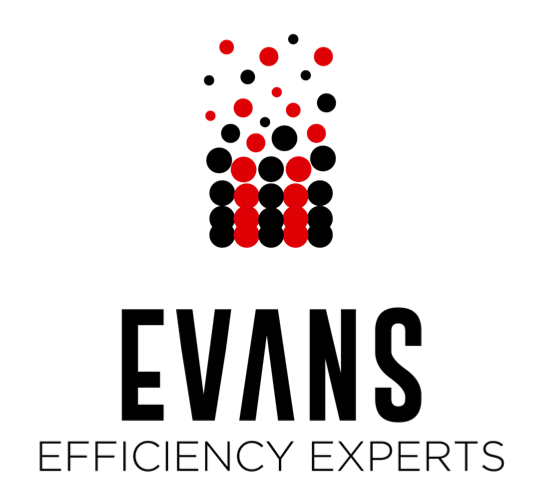Being thankful for a New Year is about embracing gratitude for the past while welcoming the opportunities ahead with an open heart. Start by reflecting on the past year—its joys, lessons, challenges, and growth. Acknowledge the support of loved ones, the strength you found in adversity, and the moments of happiness, however small. Journaling these reflections can deepen your appreciation. Expressing gratitude involves recognizing the blessings already present. Appreciate your health, home, friendships, and the simple pleasures in life. Even setbacks offer valuable lessons that pave the way for personal growth. Being thankful for these experiences fosters resilience and a positive outlook.
Also, as you step into the New Year, set aside time for rituals that emphasize gratitude. This could be a quiet moment of meditation, sharing kind words with those around you, or sending heartfelt messages to friends and family. These gestures not only enhance your own sense of thankfulness but also spread positivity to others. Looking ahead, adopt an attitude of hope and openness. Be grateful for the opportunities a new beginning offers—a chance to set goals, nurture dreams, and build a fulfilling life. Remember, gratitude is an ongoing practice, not limited to a specific occasion. Incorporate gratitude into your daily life by celebrating small wins, appreciating nature, or engaging in acts of kindness. By focusing on what you have and cherishing the journey ahead, you set a foundation for a truly meaningful and thankful New Year.
Lastly, in order to boost your productivity in the New Year, incorporate these three best practices.
Leverage AI Tools for Efficiency: In 2025, AI tools are smarter, more accessible, and highly customizable. Use AI to automate repetitive tasks, manage schedules, and streamline workflows. For example, AI scheduling assistants can analyze your calendar and suggest optimal times for deep work or collaboration. Use generative AI for brainstorming, drafting reports, or summarizing lengthy documents. By offloading routine tasks to AI, you can focus on higher-value activities that require creativity and critical thinking.
Adopt Time-Blocking and Prioritization Techniques: Time-blocking remains a proven productivity method, but its effectiveness in 2025 relies on a personalized approach. Allocate blocks for deep work, meetings, and personal time, and use priority frameworks like the Eisenhower Matrix to focus on what’s truly important. Combine this with smart tools that track time spent on tasks to ensure alignment with your goals. This method reduces decision fatigue and keeps you on track, especially in the face of distractions.
Invest in Well-Being and Mindfulness: Productivity thrives when physical and mental health are prioritized. Integrate short mindfulness breaks into your day to reduce stress and improve focus. Use wearable tech to monitor health metrics like sleep quality, heart rate, and activity levels, adjusting your habits as needed. Incorporate exercise and balanced nutrition into your routine to maintain high energy levels. In 2025, self-care isn’t just a personal goal; it’s a strategic productivity tool.
By combining AI, structured time management, and well-being practices, you can maximize your potential and make 2025 your most productive year yet!

